Pharmacies and pharmacists play a central role in the healthcare system, both within healthcare facilities and in the community at large. People turn to pharmacists for expert advice on medications, minor ailments and more. Indeed, it can take six years to train to be a pharmacist, including two years of undergraduate study and a four year degree. So common are pharmacies in the retail landscape, it’s easy to overlook the level of expertise involved in running a patient-centric, well-stocked pharmacy. Similarly, a well-stocked pharmacy depends on a high level of expertise from a pharmaceutical logistics partner.
In Pharmaceutical Logistics, Chain of Custody is Critical
Around two thirds of the nation’s 60,000 retail pharmacies can be found within retail chains, supermarkets, or mass retailers. To the consumer, an in-store pharmacy is as much part of the big box retail landscape as a Starbucks coffee counter tucked inside a Target store. But to a pharmaceutical company, in-store pharmacies exemplify the chain of custody challenges that are endemic to the entire pharmaceutical supply chain.
From a pharmaceutical supply chain perspective, an in-store pharmacy can’t be treated as a department within the overall delivery destination. An in-store pharmacy is a destination in itself and must be treated as such. Pharmaceuticals can be targets for theft or counterfeiting, with potentially catastrophic consequences. Simply put, pharma logistics is not the same as delivering bread to the loading dock of a big box retailer. The risks are higher, the threats are greater, and a diligent pharma delivery partner must be able to demonstrate a commitment to end-to-end supply chain security, from GPS monitoring of pharmaceuticals en route to tamper-proof seals on packaging and enhanced security measures when pharmacy products are warehoused.
Technology Drives Transparency in Pharma Logistics
Congress enacted the Drug Supply Chain Security Act (DSCSA) to protect consumers, with new regulations driving towards the implementation of an electronic interoperable system to identify and trace pharmaceuticals, with the goal of unit-level traceability by November of 2023.
While the industry moves towards unit-level DSCSA compliance, modern logistics solutions already offer unprecedented visibility into the pharmaceutical supply chain. And that technology-enabled transparency is key to addressing chain of custody issues. With the right distribution partner in place, manufacturers and pharmacies have “who, what and when” information at their fingertips.
Day in, Day out, for Pharma Logistics, Consistency is Key
Theft and counterfeiting are criminal activities that prey on insecure pharmacy supply chains, and security measures to combat those issues are paramount. More prosaic, but equally important is the ability to rely on distribution for consistency.
A big box retailer that’s out of bread has one set of problems. But when customers are relying on a pharmacy to have vital medications on hand, that enterprise is in hot water if those meds are out of stock. A reliable pharma 3PL partner should be expected to deliver time-sensitive products consistently, 365 days a year.
When it’s time to upgrade your pharmaceutical delivery resources, consider how well a potential partner can ensure chain of custody, whether they offer state of the art technology, and if they are trusted by other businesses in the pharmacy space to provide consistency. The health of your business can’t risk anything less. For a deeper dive into pharmacy chain of command issues, check out this post.

